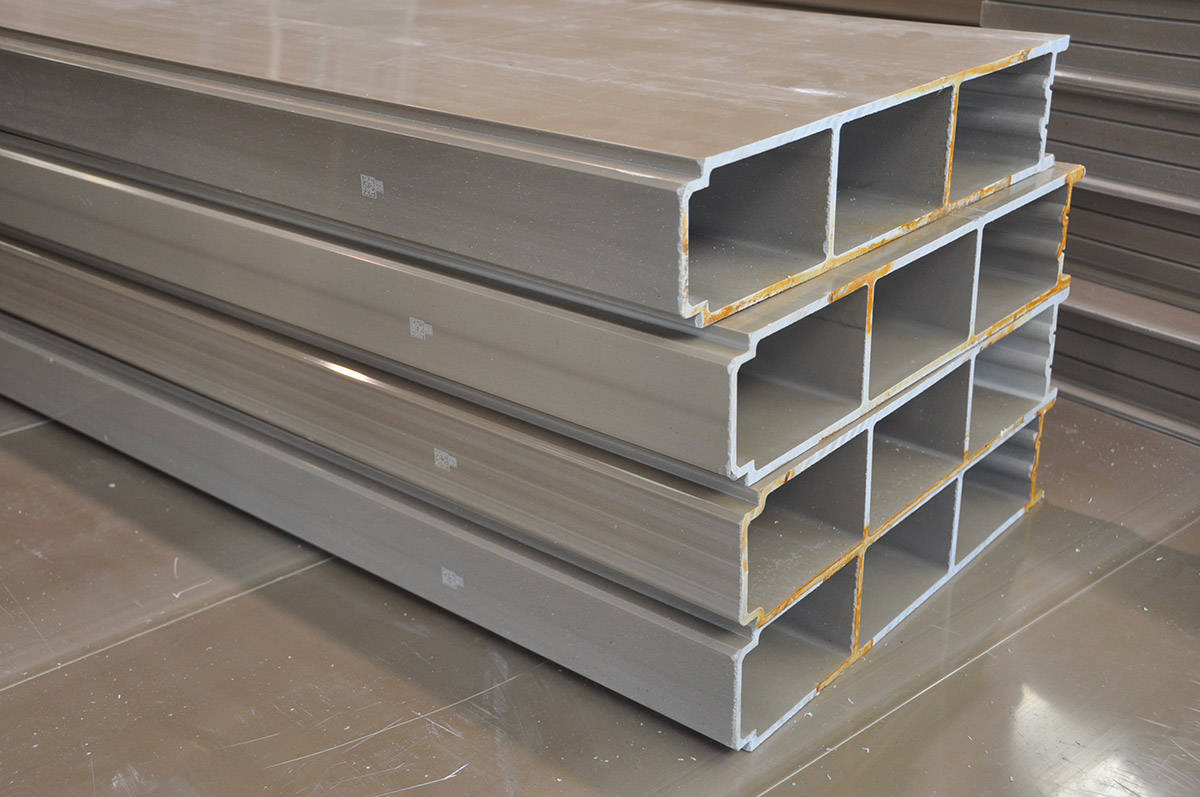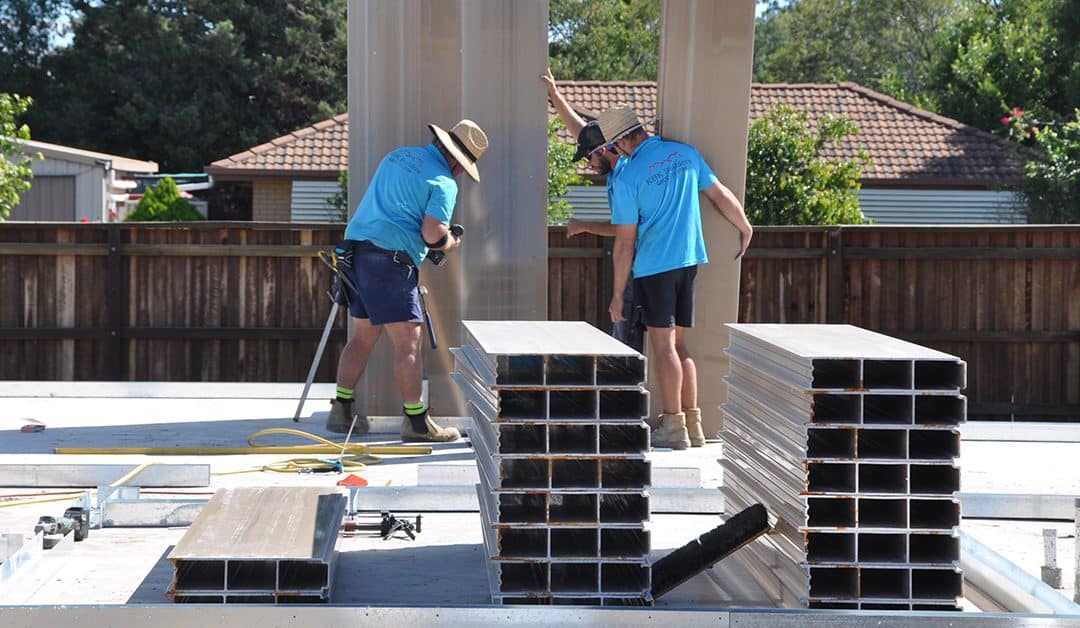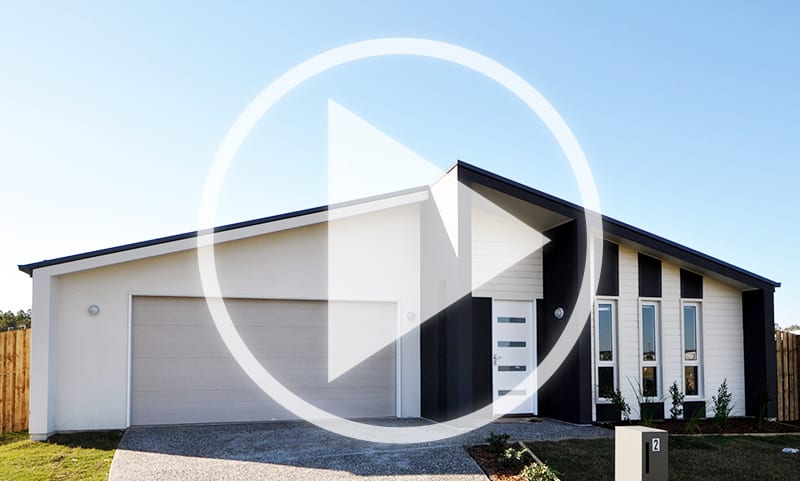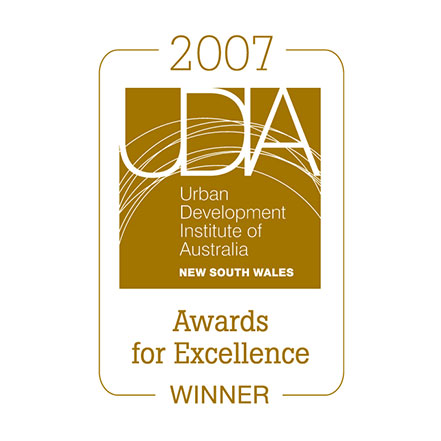Extruded Composite Panel
Most people are familiar with composite decking, a product developed as an alternative to natural timber consisting of a mix of recycled timber fibres and plastics.
Luxwood, a Beijing based company, won the contract to supply composite decking around the major Sports stadiums for the Beijing Olympics, and invested heavily in the latest German extrusion technologies and equipment to manufacture the vast amounts of decking required for the contract.
After the Olympics, Luxwood investigated alternative uses for this expensive machinery, and in association with an Australian based engineering company, developed a much larger version of the decking panel capable of being used as an alternative building material.
The manufacturing process was modified and new moulds created to incorporate interlocking male and female joints that allow the panels to join together seamlessly.
The “ingredients” were also modified and incorporate a blend of binding resins, inorganic fillers, wood and glass fibres, and other special performance enhancing additives.
Over 60% of the panel blend utilizes flyash, a waste byproduct from coal fired power stations. Given the vast number of these power stations spread throughout China, this waste is a problem to dispose of, and Luxwood are paid to remove it and use it in manufacturing this product.

The panels also utilize recycled plastics, and the panels themselves can also be recycled, with any damaged or defective panels being ground into pellets and re-extruded into new product. This results in a very sustainable and environmentally friendly product.
The key to the panels potential is the incredible compressive strength it achieves, being up to 7 times greater than conventional brickwork. This allows it to be used as a loadbearing wall system replacing the need for traditional timber or steel frames in domestic or commercial construction. Buildings up to three stories high can be erected without the need for any additional structural support. The panels can also span horizontally and be used for suspended floors or roofs.
Panels can be readily cut using traditional timber cutting tools, and the simple click together system also makes it very quick and easy to erect utilising unskilled labour. Consequently, it is being exported globally and being used in many third world countries as a housing solution that can be constructed in remote communities where traditional building materials and skilled labour are difficult to source.
It is also starting to be used in developed countries for a myriad of uses ranging from highway sound barriers to traditional housing.
As with all new building technologies however, it is facing some resistance from builders who are reticent to adopt an unfamiliar building system preferring to continue using traditional materials that haven’t changed for thousands of years.
Having been involved in the introduction of this product into Australia, New Zealand, Africa and the US, I know from firsthand experience that it will take time to gain acceptance and be embraced as a viable more sustainable alternative to our current building technologies.
Composite materials are the future, and are developing rapidly, so be prepared for change.
To view an example of a typical domestic house recently constructed in Queensland using this building system refer to the attached video link.













